
As a signatory of the United Nations Sustainability Development Goals (SDGs), Australia aims to completely eradicate poverty by 2030. Unfortunately, the country is yet to reach the goal of zero poverty and the problem persists for the nation coming out of COVID-19 restrictions. Presently, Australia has a comparatively higher-than-average poverty rate when considering the other 34 wealthiest countries in the OECD. With the general fall of average income across the nation and the cuts on income support for poorer families coming out of the pandemic, poverty in Australia is not going to disappear any time soon. Here are several facts to know about poverty in Australia.
The Poverty Line
In order to get to grips with everything you need to know about poverty in Australia, one must become familiar with the specified criteria the nation has for quantifying poverty. Due to its reputation as a developed nation, the Australian Council of Social Services (ACOSS) and UNSW classify poverty through a measure of the number of people living below the country’s poverty line. This amounts to the number of people living below the 50% median household after-tax income, or $489 a week for a single adult and $1,027 a week for a couple with two children. Unfortunately, as of the most recent 2022 report, one in eight Australians are living below this minimum. In other words, poverty in Australia disproportionately impacts more than 3.3 million people.
How Income Support Lifted Australians Out of Poverty During the Pandemic
According to the latest 2022 report by ACOSS, the number of people living below the poverty line fell drastically after the introduction of temporary income support payments to mediate the aftereffects of COVID-19 restrictions. From the start of the pandemic, 13.4% of Australians lived below the poverty line, this soared in the March quarter of 2020 to 14.6%. However, the supplementary payments granted citizens the necessary support required to lift themselves out of poverty. A consequence of the increased income support saw an additional 646,000 people or 2.6% of Australians rise out of poverty, with overall poverty in Australia falling to just 12%.
The effects these payments had on the overall number of children living below the poverty line are even more dramatic. The child poverty rate fell from 19% in March 2020 to an impressive feat of 13.7% in June of the same year, effectively managing to lift 245,000 children out of poverty.
As of April 2021, however, the Australian government has retracted these income support payments, feeling they are no longer necessary after coming out of the pandemic. The “coronavirus supplement” has been entirely redacted and in its place, the JobSeeker payment has been increased by only $25 a week. The Senate has launched an inquiry into the rates and main drivers of poverty in the nation, however, welfare advocates argue that the state has all the evidence necessary to make a change. Instead, they believe that the subsequent inaction is a deliberate means of neglecting the most vulnerable. Some have taken it further and equated the reduction to a “political choice.”
An Influential Organization
The Australian Council of Social Services (ACOSS) is an organization that facilitates the eradication of poverty and inequality throughout the continent. Working to ensure that Australia complies with the targets under the Sustainable Development Goals (SDGs), they advocate for the nation’s most vulnerable, while mobilizing governments and communities to contribute to the discourse surrounding poverty.
ACOSS’ main areas of focus include access to employment services for the disadvantaged, an impartial social security system and ensuring governments are accountable for an equitable tax system. Its research papers have been pivotal to the understanding and further implementation of poverty-reducing measures. Key organizations now hold a deeper insight into everything you need to know about poverty in Australia as a result.
– Namra Tahir
Photo: Wikimedia Commons
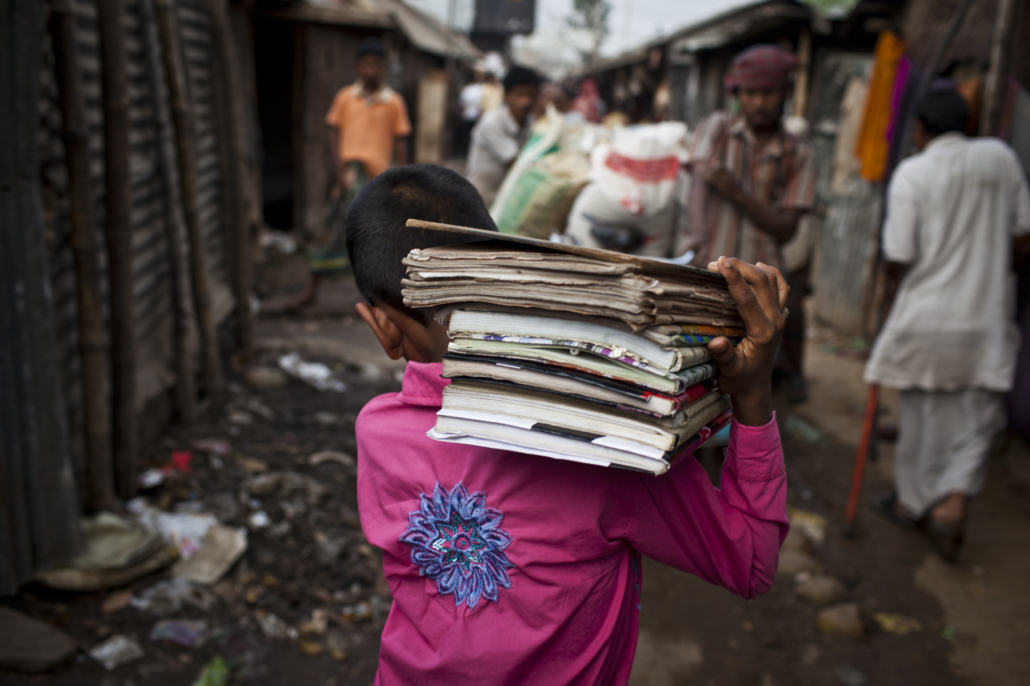
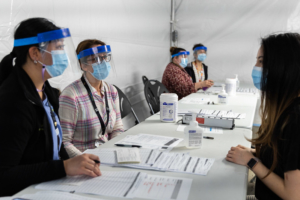 While the COVID-19 vaccine has helped to reduce destruction and devastation from the pandemic, the virus is still spreading across the globe. According to Dr. Peter Hotez “organized hostility against the scientific community,” may be public health’s biggest enemy. However, on a global scale, the most serious threat is the lack of vaccine diplomacy and effective health care in geopolitics. Solving this crisis requires the United States and other western countries to prioritize the distribution of pandemic response resources so that everyone can lead healthy, safe lives regardless of their location.
While the COVID-19 vaccine has helped to reduce destruction and devastation from the pandemic, the virus is still spreading across the globe. According to Dr. Peter Hotez “organized hostility against the scientific community,” may be public health’s biggest enemy. However, on a global scale, the most serious threat is the lack of vaccine diplomacy and effective health care in geopolitics. Solving this crisis requires the United States and other western countries to prioritize the distribution of pandemic response resources so that everyone can lead healthy, safe lives regardless of their location.



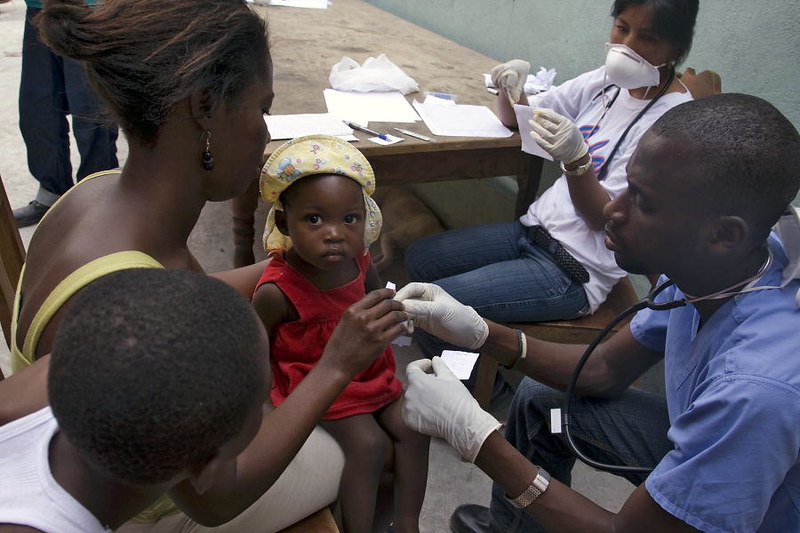
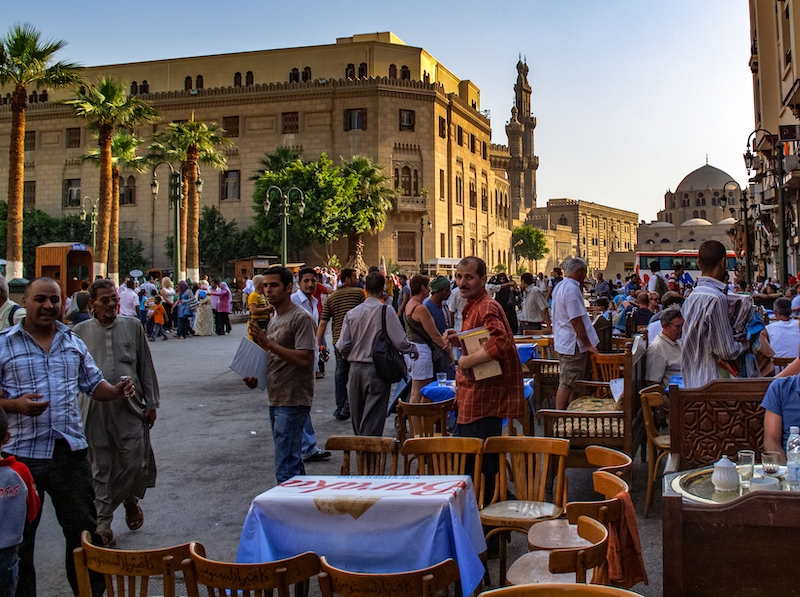
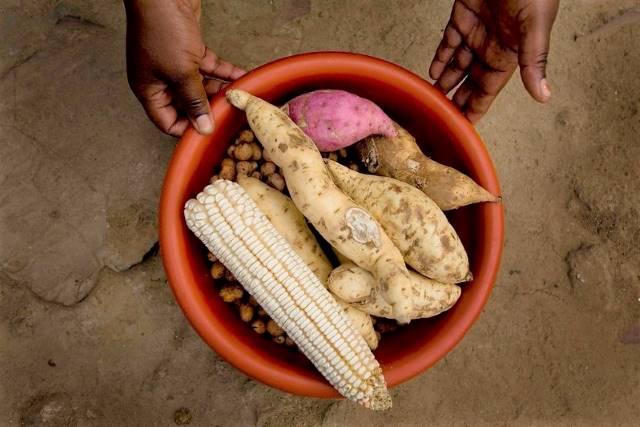 At the beginning of 2022, the United Nations reported a
At the beginning of 2022, the United Nations reported a 